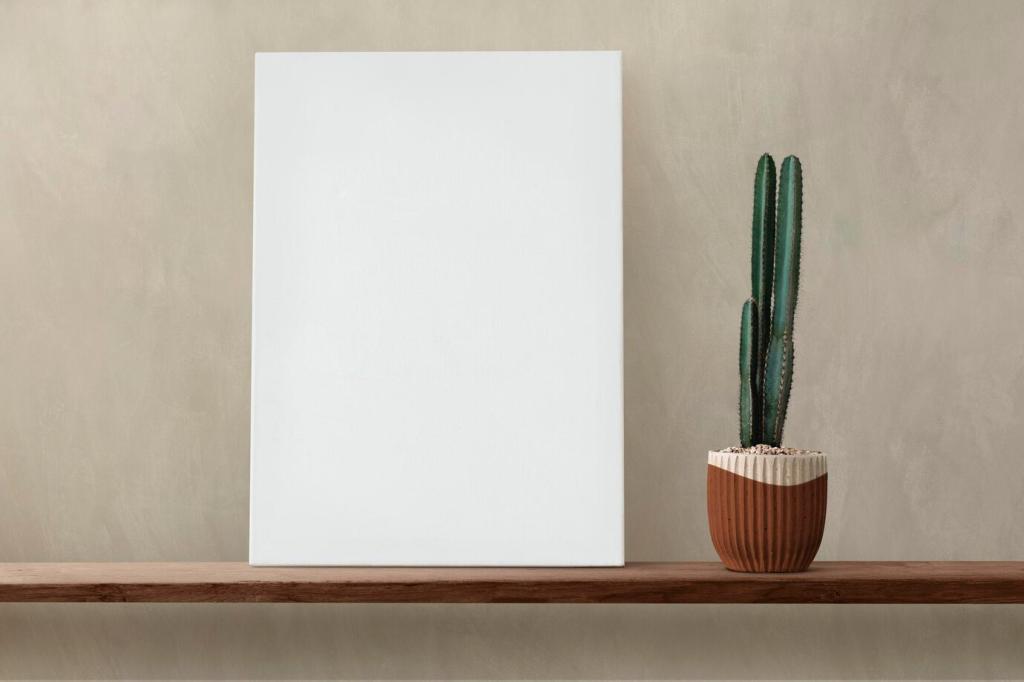Textiles that Breathe: Organic Cotton, Linen, Hemp, and Wool
Transparency matters from seed to sofa. Seek organic or regeneratively grown fibers and mulesing-free wool. Ask about bleaching, softeners, and shrink-control finishes. Share where you shop, and we will compile reader-recommended mills and makers prioritizing fair labor, water stewardship, and dyehouse accountability.
Textiles that Breathe: Organic Cotton, Linen, Hemp, and Wool
Plant dyes and low-impact reactive dyes can minimize harmful byproducts while delivering rich, stable hues. Check mordants, washfastness, and rub ratings for upholstery. Post your palette, and we will suggest dye types, sunlight strategies, and test-swatch routines to prevent surprises on large, costly pieces.




